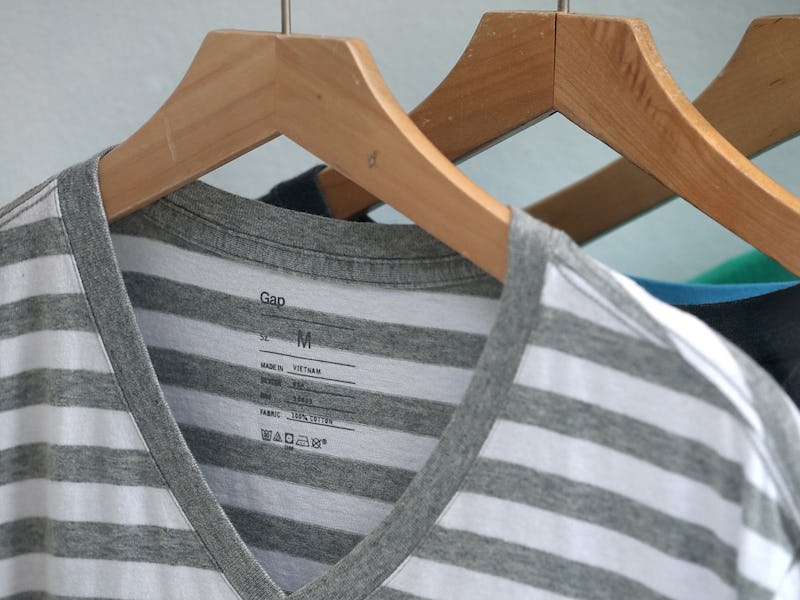Is Gap Closing Stores Because of Bad Style or Bad Business?
The retail giant is on the ropes for more than one reason.

Gap, the mass retailer that invented the nineties (before Abercrombie perfected them), is closing 175 stores amid losses and general lack of relevance. The move is major moment for mainstream American retail, which Gap Inc., which also owns Old Navy, Banana Republic, and Piperlime (we don’t know either), has largely defined since arriving on the San Francisco scene in 1969. An 8 percent decline in earnings is being blamed on the chain’s fashion direction — a narrative Gap’s executives seem to be encouraging — but chalking the brand’s struggles up to “Millennial tastes” is as reductive as it is silly. There is a different issue here.
Why is Gap hiding behind Millennials? For one thing, it’s easy. Journalists love to write about “Snake People” and their ineffable tastes. For another, it’s easier than talking about the actual clothes — not just what they look like, but how they’re made.
Fast Retailing, which owns Uniqlo, is the largest clothing company on Earth. The bulk of the garments it sells are made in China, where factories churn out far fewer varieties of clothes than most retailers’ affiliate factories, but in many more colors. This is how the company cornered the “basics” market and presumably part of the reason its clothes are quite durable and well constructed. Workers understand what they’re making. They get good at it.
Much of the blame for Gap’s dip in popularity is laid at the feet of Rebekka Bay, the Danish designer who convinced the company to adopt a dreary Scandinavian palate instead of just owning the normcore thing.
But bad decisions have been made further afield. Gap is currently producing clothes in Myanmar and Cambodia, countries with terrible human rights records and questionable manufacturing infrastructure.
Is this why the buttons fall off? Probably. Is it why the stitches come loose? Probably.
These problems, which are less fun to write about than a mysterious group of youths with “dramatically different fashion sense from the generation before them,” will be familiar to anyone who has recently shopped at Gap.
So here’s a modest proposal for turning the company around: Sort out your supply chain. I think I speak for all of us when I say that we just want some goddam Oxford shirts.